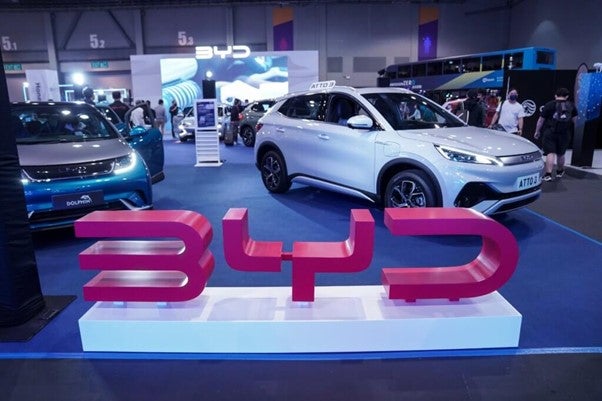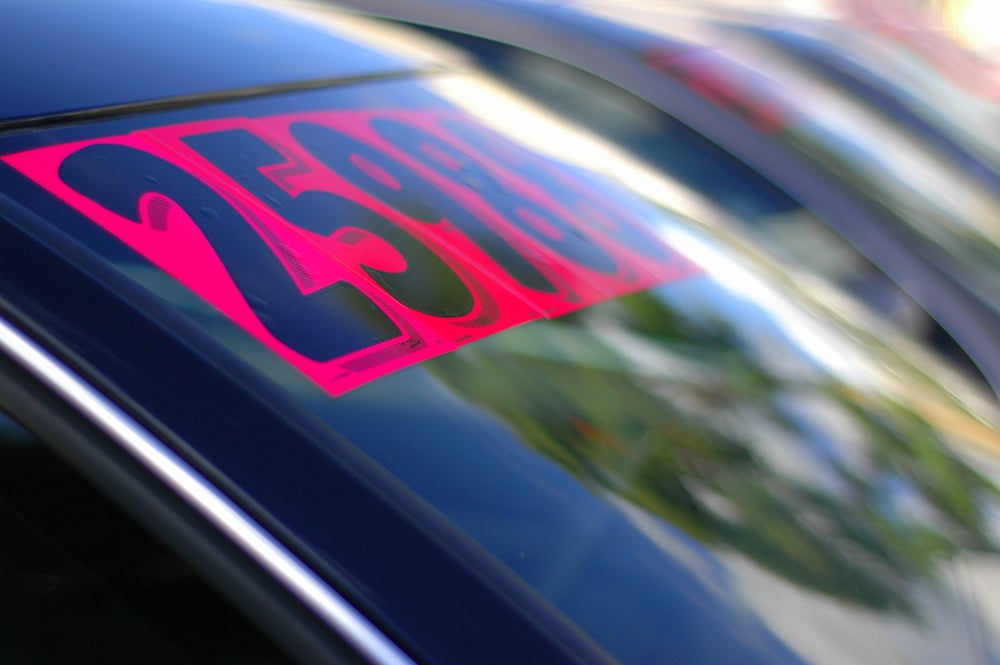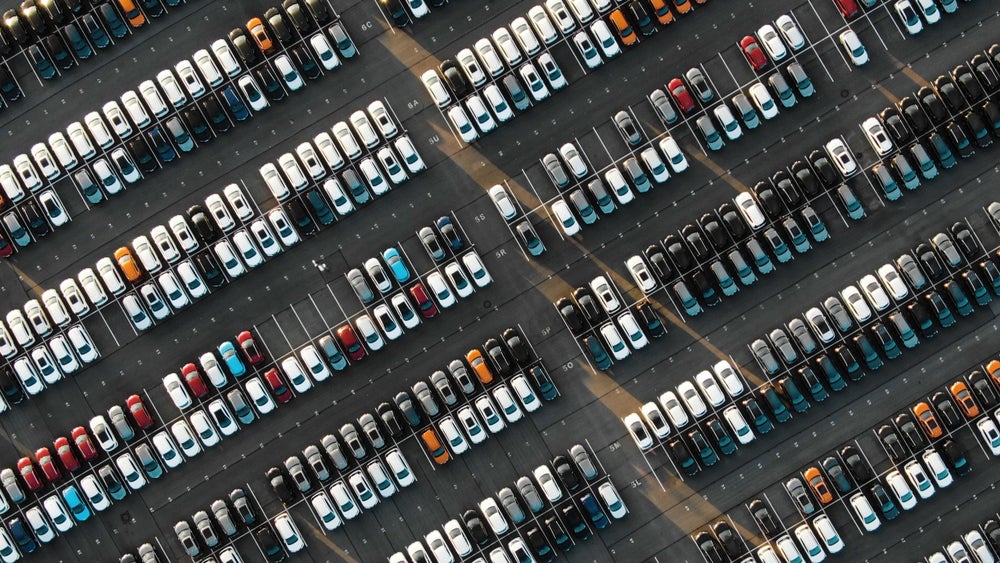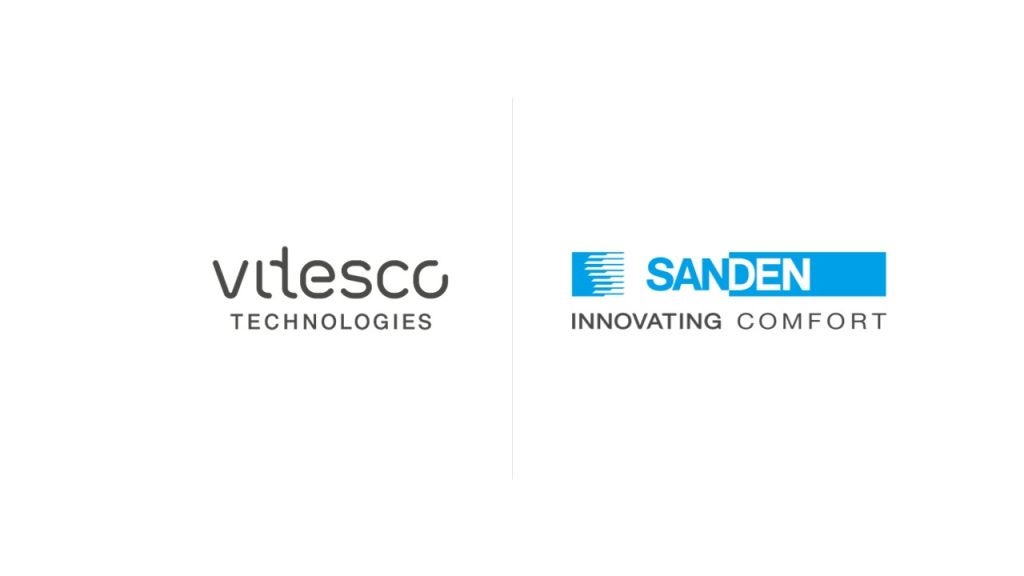In the BRIC market review series this month, we take a look at the latest developments in Brazil.
Economic and political overview
The consensus view is that Brazil’s new president, Dilma Rousseff, has settled in well (Lula is perhaps a hard act to follow). She has however laid some markers down for social objectives such as a higher minimum wage and tacking poverty in Brazil.
The overall position for Brazil’s economy is upbeat, but is subject to risks. Brazil’s economy weathered the global recession well; a highly successful fiscal stimulus package worked well to underpin economic activity and avoid steep decline. Economic growth in 2010 was a highly creditable 7.5%. Brazil’s strong economic performance is attributed to booming exports to China and rising real incomes in Brazil. However, a slowing of GDP growth to 4.5% in 2011 is forecast by the IMF and confirmed by the latest economic statistics and surveys.
The Brazilian economy is slowing in response to monetary tightening – interest rates have been rising due to a spike in price inflation (now running at over 6%) and an appreciation of the Brazilian currency that has followed on from interest rate increases.
In addition, the Brazilian government has announced substantial public spending cuts which could prove politically controversial later in 2011. Moreover, the goal of controlling inflation could be seriously hindered by the president’s plan to raise the minimum wage in Brazil. It is due to rise next year by 7.5% above the rate of inflation and that would likely fuel inflation still further. Steering a course to allay concerns over inflation while also managing interest rates to avoid excessive currency appreciation is the challenge ahead for Brazil’s government and policy-makers over the next two years. Municipal elections scheduled for 2012 will also intensify the political debate if Brazil’s economy is encountering problems by then.
How well do you really know your competitors?
Access the most comprehensive Company Profiles on the market, powered by GlobalData. Save hours of research. Gain competitive edge.

Thank you!
Your download email will arrive shortly
Not ready to buy yet? Download a free sample
We are confident about the unique quality of our Company Profiles. However, we want you to make the most beneficial decision for your business, so we offer a free sample that you can download by submitting the below form
By GlobalDataStrong market growth in 2010
Some 3.52m vehicles were sold in Brazil in 2010, 12% ahead of the previous year. Analysts point to rising real incomes and good availability of finance as key factors behind buoyant vehicle sales through 2010. Car sales reached 2,644,704 units, some 6.9% ahead of the previous year.
In the 2010 car market, the ‘popular’ class – with engine displacement up to 1litre – was again the biggest, accounting for 1.34m units, or 50.8% share. Sales of flex fuel vehicles – able to run on gasoline, ethanol or a blend of the two – reached 2.88m units and accounted for some 86% of the light vehicle market.
In terms of manufacturer shares, the 2010 results were notable for recent entrants taking share from some of the more established players. Fiat led the car market with sales of 611,336 units (down 1.2% on 2009); Volkswagen Group was second with 604,324 units (down 3.8%).
Ford was up 12.8% to 265,068 units while GM managed an 11.8% gain to 561,732 units.
Hyundai Motor (includes Kia) more than doubled sales (+109.8%) to 44,009 units in 2010. Nissan was up by 70.9% in the year to 26,970 units.
The year 2010 appears to have been a good vintage for the French manufacturers in Brazil.
PSA enjoyed a strong year for sales in Brazil with a tally of 164,096 units, up 11.3% on the previous year. However, its Citroën brand was up by 20.3% to 82,011 units.
Renault was up by 35.8% to 152,074 units.
Vehicle market growth slowing in 2011
At the outset of the year, local trade association Anfavea revised its forecast for 2011 vehicle sales up to 3.69m units, a 5% increase on 2010. Small cars are expected to continue to do well. In the 2010 car market, the ‘popular’ class – with engine displacement up to 1-litre – was again the biggest, accounting for 1.34m units, or 50.8% share of the car market.
Brazil’s automotive sector set new records in the first quarter of 2011. Sales of cars plus commercials topped 852,200 vehicles – 4.7% more than in Q1 2010 – and production rose 7.9% to 902,100. Results in the first quarter suggested a degree of market levelling-off. Use the more accurate comparison of total average work days, when seasonal effects like the Mardi Gras holidays are taken into account, and annual sales growth in the first quarter was just 1.5% and production 3.5% up.
In an attempt to control inflation by discouraging internal demand, the Ministry of Finance boosted financial operations tax (IOF), which covers all kinds of financing, from 1% to 3%. However, that adds little to the monthly car payment and the impact on consumer behaviour is thought to be more psychological than real. Yet basic interest rates (Selic prime rate) are expected to continue rising until the end of the year and are likely to have a stronger effect on monthly instalments – and on demand for new vehicles – than the tax hike.
“The market is not growing at the same pace as last year’s, but will at least align with the expected GNP increase for this year,” president Cledorvino Belini told just-auto.
The cooling off of the Brazilian domestic market continued in April. Sales of vehicles in the month were up 4.1% on the same month last year, with passenger cars registering an even lower 1.6% year-on-year growth. And the high value of the Brazilian currency is continuing to boost imports, with domestically sourced sales down on last year. Imported vehicles in the first four months of the year stood at 245,949 units, some 28.5% ahead of the same period last year. Sales of domestically made vehicles in the first four months were 868,401 units, down 0.7% on last year.
Vehicle production in Brazil remains up despite strong imports, on the back of still buoyant exports. In the first four months of the year vehicle production reached 1,105,945 units, 4.1% ahead of last year. In the same period, vehicle exports reached 168,206, some 9.1% up on last year.
Another symptom of a cooling market is the proportion of vehicle sales bought with finance – down from 66% in March to 62% in April. Anfavea says it wil wait until June or July to review its 5% growth forecast for 2011. Although not yet worrisome, manufacturer and dealer inventories went up from 30 to 33 days, the wrong side of the 25- to 30-day comfort level, according to just-auto’s Brazilian correspondent who also noted that while employment remained on the rise in April there are signs that overtime is being cut back.
Brazil and Argentina in trade dispute
Brazil and Argentina have become involved in heated dispute over automobile imports this year. Brazil’s auto industry has been put under pressure by the strong Brazilian currency and surging vehicle imports. The dispute began early in May when Brazilian President Dilma Rousseff announced that Brazil would no longer automatically grant vehicle import licenses. That move – itself a response to changes to Argentine rules impacting Brazilian exports to Argentina made earlier in the year – left an estimated 3,000 Argentine-made vehicles stuck at the Brazilian border.
With the change, imports can be held at the border for up to 60 days while the country analyses paperwork. The change will impact Argentina the most, as it is the biggest source of vehicle imports to Brazil, the world’s fourth-largest auto market. More than 50% of all imported cars sold in Brazil are shipped from Argentina, according to Anfavea.
just-auto Brazil correspondent Fernando Calmon notes that the complementary operation of the Brazilian and Argentine auto industries has worked fairly well so far with Brazil specialising in compact cars while Argentina makes mid-size cars and pick-up trucks, giving automakers better economies of scale. But this has resulted in Brazilian-made vehicles taking some 50% of the Argentine market while Argentine products barely cover 10% of car and light commercial sales in the much bigger Brazilian market.
The Argentines claim Brazilian automakers get financial help from BNDES (a Brazilian state bank) and preference for taxi fleet renewal programmes in this country. And the cost of Brazilian and Argentine-made auto parts remains high.
Trade rules are clearly a very sensitive issue and not just between Brazil and Argentina. Argentina recently dropped an import tax exemption for the Sentra and Tiida claiming that Nissan Mexico was not reaching the required level of local content in the cars.
Nonetheless, the Mercosur trade agreement would be infeasible without the auto industry as no other industrial sector has reached such a level of integration. Reciprocal retaliation measures make durable goods trade difficult and are ill-timed when investors are eyeing the fast growing Mercosur region for expansion as established markets stagnate.
Calmon says it is likely the situation will be resolved soon but Argentina’s move has fuelled the case in Brazil for those who feel Brazil would do better without Mercosur. Many feel it would be easier to reach trade accords with other regions of the world. Whatever happens to the bilateral dispute, the debate over trade arrangements and industrial development will undoubtedly continue.
Honda’s experience in Mercosur illustrates the difficulties faced. Honda has started producing the City in Campana, about 47 miles from Buenos Aires, in Argentina. The plant was virtually imposed on the automaker by the Argentine government because Honda was a key automaker selling, but not producing, in Argentina. The Brazilian Honda subsidiary did not respond to just-auto questions about how the two Honda plants in the neighbouring markets will work together nor if the City will now be produced only in Argentina. In 2010, Honda sold 5,320 Citys in Argentina (exported from the Brazilian plant) and 35,124 in Brazil itself.
OEMS continue to invest in Brazil
Suzuki is the latest vehicle maker to announce plans to invest in Brazil. The company is planning a new plant in the state of Goias to produce the Jimny sport utility vehicle. The plant in the city of Itumbiara, about 300 kilometres south of Brasilia, will have an initial capacity of 7,000 Jimny models a year and begin operations at the end of 2012.
Hyundai Motor laid the cornerstone in February for its first factory in Brazil. A month later, Lifan said it is building an automotive research and development centre in Brazil, its first outside of China, to develop new models.
Mitsubishi importer/assembler Group Souza Ramos (GSR) has operated a manufacturing plant in Catalão, state of Goiás in Brazil’s central plains (200 miles/120km from the federal capital Brasília), since 1998 and, late in April, confirmed a new US$630m investment. Plans are to double assembly capacity to 100,000 units a year, and add an engine plant, its first.
On top of the L200 and Triton pickup trucks and Pajero TR4 and Sport SUVs, the plant will start production of the Lancer sedan and the Pajero Dakar currently imported from Thailand.
Meanwhile, China’s Chery used the Brazilian launch of the QQ subcompact to detail plans for a local assembly plant. Vehicles produced locally will be on a compact platform plus a mid-size one underpinning five models. The Fullwin compact will be offered in both hatchback and sedan versions while the S18 will come in hatch, sedan and minivan forms; the sedan, a popular bodystyle in South America, is not produced in China. The Face hatch will not be manufactured locally.
Chinese brands step up activity in Brazil
Brazil has never had so many Chinese cars on offer as it does in 2011. They arrived quietly three years ago, with low prices and without fanfare. During 2011 some 12 new models are launching, mostly below R$40,000 (US$25,000), the segment that accounts for over 60% of domestic sales.
Chery has announced its first manufacturing plant in Brazil, in Jacareí, 50 miles from São Paulo City. Initial investment will reach US$150m for the first phase starting operations in 2013. The total amount, according to Chinese executives, will be $700m for a yearly output of 150,000 to 170,000 units but the automaker has not forecast when this volume will be reached.
In April the Chery QQ was finally launched in Brazil after a six month delay. The four-door, fully-equipped subcompact will become the lowest-priced car in Brazil: R$23,000 ($14,000). The Fiat Uno Mille is similarly priced but is two-door and sparsely equipped (Fiat planning a replacement).
Local group Effa, importers of Changhe and Lifan models, has announced that Lifan will partner a $70m investment for the construction of a development centre inland in the state of São Paulo, in an yet to be revealed city. Smaller than the Lifan 320, a model will be designed there to suit Brazil and other South American markets. It will, however, be produced in China and exported to the region in 2014 or 2015.
Meanwhile, JAC has launched in Brazil. Strongly pushed by Group SHC and its 50 dealerships opened the same day, plus heavyweight advertising, sales were above the 3,000 planned units in April. For now, there are two J3 compacts (hatchback and saloon). By year end the J5 sedan and J6 minivan will also be marketed.
“We will sell well above the 35,000 units forecast for 2011”, Sergio Habib, president of SHC, told just-auto.
“We will take 3% of the Brazilian auto market in three years,” he added.
Chery of Brazil president Luís Curi goes farther: “In 2020, I believe the Chinese brands together will hold 10% market share between cars and light commercials.”
| Brazil vehicle market sales 2010 | |||
|---|---|---|---|
| 2010 | 2009 | %ch | |
| Sales | |||
| All new vehicles | 3515064 | 3141240 | 11.9 |
| All light vehicles | 3328946 | 3008742 | 10.6 |
| Passenger cars | 2644704 | 2474764 | 6.9 |
| LCVs | 684242 | 533978 | 28.1 |
| Light vehicles by fuel type | |||
| Flex fuel | 2876171 | 2652298 | 8.4 |
| Gasoline | 281706 | 221709 | 27.1 |
| Diesel | 172019 | 134665 | 27.7 |
| Ethanol only | 50 | 70 | -28.6 |
| Passenger car sales by make | |||
| Fiat Group | 611336 | 619017 | -1.2 |
| Fiat | 611328 | 619012 | -1.2 |
| Alfa Romeo | 8 | 5 | 60 |
| Ford | 265068 | 235063 | 12.8 |
| General Motors | 561732 | 502320 | 11.8 |
| Honda | 107683 | 114628 | -6.1 |
| Hyundai | 44009 | 20978 | 109.8 |
| Mercedes-Benz | 7371 | 5077 | 45.2 |
| Mitsubishi | 73 | 62 | 17.7 |
| Nissan | 26970 | 15782 | 70.9 |
| Peugeot Citroën | 164096 | 147443 | 11.3 |
| Peugeot | 82085 | 79266 | 3.6 |
| Citroën | 82011 | 68177 | 20.3 |
| Renault | 152074 | 111989 | 35.8 |
| Toyota | 55744 | 55195 | 1 |
| Toyota | 55735 | 55174 | 1 |
| Lexus | 9 | 21 | -57.1 |
| Volkswagen Group | 604324 | 627915 | -3.8 |
| Volkswagen | 601498 | 626183 | -3.9 |
| Audi | 2826 | 1732 | 63.2 |
| Others | 44224 | 19295 | 129.2 |
| All passenger cars | 2644704 | 2474764 | 6.9 |







